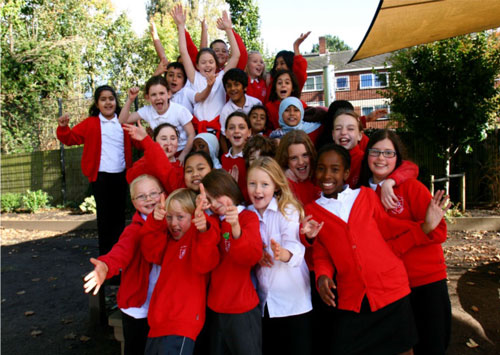
“Although the immediate focus of the Salamanca conference was on what was termed special needs education, its conclusion was that the aim must be to develop inclusive education systems.” – مل Ainscow
از 57 میلیون کودک در سراسر جهان تخمین زده می شود هنوز از دست رفته در مدرسه, بیشتر از 40% تصور می شود غیر فعال. همه جوانان این حق را برای یادگیری با هم صرف نظر از هر نوع معلولیت یا تفاوت ها ممکن است آنها دارند. در حالی که پیشرفت شده است در دستیابی به این هدف جهانی بیش از گذشته ساخته شده است 25 سال, هنوز کارهای زیادی برای انجام دادن وجود دارد.
استاد مل Ainscow استاد بازنشسته آموزش و پرورش است, University of Manchester and was a keynote at UNESCO’s recent International Forum on Inclusion and Equity in Education. The event commemorated the 25th anniversary of the World Conference on Special Needs Education that led to بیانیه یونسکو سالامانکا و چارچوبی برای اقدام به نیازهای خاص آموزش و پرورش, مسلما بیشتر سند بین المللی قابل توجه است که تا کنون در زمینه آموزش و پرورش ویژه ظاهر شد. Mel has been a consultant to UNESCO on a series of global initiatives aimed at findings ways of including all children in schools. We asked him to reflect on what has happened over that 25 year period and what lessons can be learned from his experiences in different parts of the world.
The Global Search for Education welcomes Mel Ainscow.
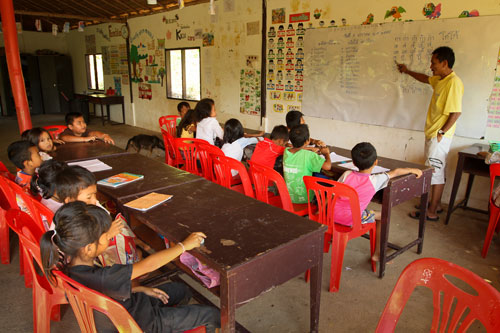
“My recommendations are guided by the idea that inclusion should نه be seen as a separate policy. بلکه, it should be viewed as a principle that informs all policies.” – مل Ainscow
مل, it’s been 25 years since the publication of the Salamanca Statement. What progress has been made? What still needs to be done?
I attended the conference in 1994 and recall the enthusiasm that was generated by the discussions that took place. I also remember the splendid social programme organised for the delegates, with banquets, receptions and lots of Spanish wine. The wonderfully inclusive atmosphere that this created led me to think that by the end of the week those involved would ‘sign anything’. که گفت:, I could not have imagined the impact that all of this was to have over the following 25 سال.
Although the immediate focus of the Salamanca conference was on what was termed special needs education, its conclusion was that the aim must be to develop inclusive education systems. This can only happen, it was argued, if mainstream schools become capable of educating all children in their local communities.
The years following Salamanca led to many developments in relation to this theme. به عنوان مثال, Italy has closed its special provision; New Brunswick in Canada pioneered the concept of inclusive education; India saw a significant push towards increased enrolment in schools; and Portugal enacted an explicit legal framework for the inclusion of all students. Significant developments have also occurred in the Pacific region, where inclusive education has been identified as a regional priority by all countries.
Despite these encouraging developments, progress has slowed in recent years.And, به طور قابل ملاحظه, it is estimated that, از 57 million children worldwide missing out on school, بیشتر از 40% تصور می شود غیر فعال.
What achievements are you most proud of that have addressed the inclusion agenda? Can you suggest any relevant resources
I suppose my greatest pride is my success in bringing people together to address the inclusion agenda. This has involved a series of initiatives to develop practical resources. تازه, one of these led to the publication of the UNESCO Guide for Ensuring Inclusion and Equity in Education. This offers practical support to member states as to what actions need to be taken to promote inclusion.
Drawing on international research, the Guide was developed with the advice and support of a group of international experts. It allows readers to learn from the progress made by other countries towards more inclusive education systems. به عنوان مثال:how Ghana assesses the inclusiveness of its mainstream schools; how Denmark is developing a sense of community by listening to the views of children; and how students help teachers to innovate in Portugal. These examples advance the right of every learner to be included in schools.
Those involved in taking this challenging agenda forward may also find it useful to use the related resource pack, ‘Reaching Out to All Learners’, that I developed with colleagues at the International Bureau of Education-UNESCO. Drawing on international research evidence, these materials are intended to support inclusive thinking and practices at all levels of an education system. در نتیجه, they are designed to be relevant to teachers, رهبران مدرسه, district level administrators, teacher educators and national policy makers.
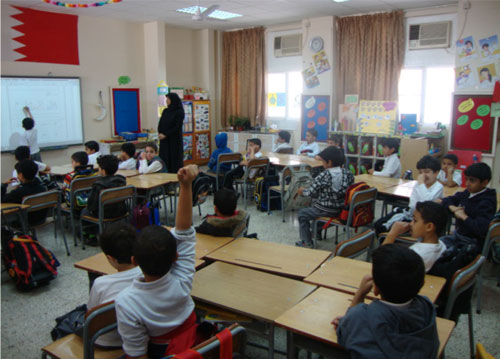
“The aim is to eliminate exclusion that is a consequence of attitudes and responses to diversity in race, social class, قومیت, دین, جنس, and ability.” – مل Ainscow
What actions are needed to move education systems in an inclusive direction?
My recommendations are guided by the idea that inclusion should نه be seen as a separate policy. بلکه, it should be viewed as a principle that informs all policies, guided by six related actions:
عمل 1: Establish a clear definition of what is meant by inclusion in education. در برخی از کشورها, inclusive education is still thought of as an approach to serving children with disabilities within general education settings. Internationally, اما, it is increasingly seen more broadly as a principle that supports and welcomes diversity amongst all learners. The aim is to eliminate exclusion that is a consequence of attitudes and responses to diversity in race, social class, قومیت, دین, جنس, and ability. It starts from the belief that education is a basic human right and the foundation for a more just society.
عمل 2: Use evidence to identify contextual barriers. It is important to know who is included, who is segregated and who is excluded from schooling. Without an engagement with evidence in relation to all of these forms of exclusion, there can be no accountability. به خصوص, the views of young people must be sought and valued, particularly those from at-risk groups. Their voices can challenge policy makers and practitioners to find more effective ways of ensuring that all children are included.
عمل 3: Support teachers in promoting inclusion. Countries where teachers believe their profession is valued show higher levels of equity in learning outcomes. بنابراین, schools need to be reformed and practices need to be improved in ways that lead teachers to feel supported in responding positively to student diversity –seeing individual differences not as problems to be fixed, but as opportunities for enriching learning.
عمل 4: Design the curriculum with all learners in mind. In an education system based on the principle of inclusion, all students are assessed on an on-going basis in relation to their progress through the curriculum.This allows teachers to respond to a wide range of individual learners, bearing in mind that each learner is unique. It means that teachers and other professionals must be well informed about their students’ characteristics and attainments, while also assessing broader qualities, such as their capacity for cooperation.
عمل 5: Manage education systems in ways that will engage all learners. Movement towards inclusion is likely to require some restructuring of education provision. Such changes may be resisted by some of those involved, not least parents who understandably want to do the best for their own children. It is therefore essential to have a shared commitment amongst senior staff at the national, district and school levels to value differences, invest in collaboration, and commit to providing educational opportunities that are inclusive.
عمل 6: Involve communities in promoting inclusion. Governments need to mobilize human and financial resources, some of which may not be under their direct control. Forming partnerships among key stakeholders who can support the process of change is therefore essential. The engagement of families is particularly crucial. در برخی از کشورها, parents and education authorities cooperate closely in developing community-based programmes for certain groups of learners, such as those who are excluded because of their gender,social status or impairments.
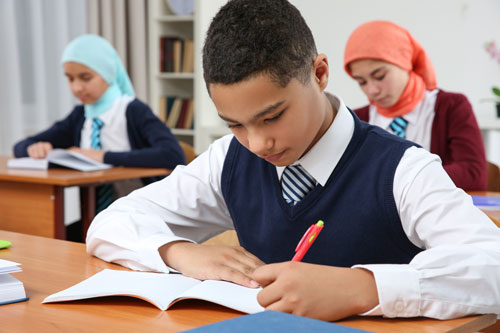
“Schools need to be reformed and practices need to be improved in ways that lead teachers to feel supported in responding positively to student diversity – seeing individual differences not as problems to be fixed, but as opportunities for enriching learning.” – مل Ainscow
What does this mean for future developments?
These six actions mean that governments must make a clear and genuine commitment to inclusion, emphasizing the benefits for parents and children, and for the community at large. اینجا, it is useful to distinguish between needs, rights and opportunities. While all learners have needs (برای مثال،. for appropriate teaching), they also have the right to participate fully in a common social institution (that is, a local mainstream school) that offers them a varied range of relevant opportunities. Too often, parents are forced to choose between ensuring that their child’s needs are met (which sometimes implies placement in a special school or separate classroom) and ensuring that they have the same rights and opportunities as other learners (which means placement in a mainstream school).
Just to add, like all major policy changes, progress in relation to inclusion requires an effective strategy for implementation. به خصوص, it requires new thinking that focuses attention on the barriers experienced by some children. Overcoming such barriers is the most important means of development forms of education that are effective for all children. Inclusion becomes a way of achieving the overall improvement of education systems.
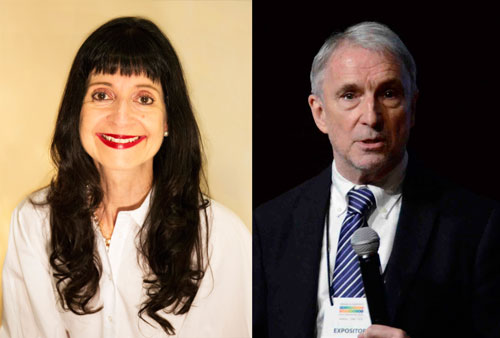
C.M. روبین و مل Ainscow
تشکر از شما به ما 800 به علاوه همکاران جهانی, معلمان, کارآفرینان, محققان, رهبران کسب و کار, دانش آموزان و رهبران هر حوزه فکر برای به اشتراک گذاری دیدگاه خود را در آینده یادگیری با جهانی جستجو برای آموزش و پرورش هر ماه.
C. M. روبین (کتی) بنیانگذار CMRubinWorld است, آنلاین شرکت چاپ و نشر با تمرکز بر آینده یادگیری جهانی و از بنیانگذاران سیاره کلاس درس. او نویسنده سه کتاب پرفروش و دو سری آنلاین به طور گسترده ای به عنوان خوانده شده. روبین دریافت 3 جوایز آپتون سینکلر برای "جهانی جستجو برای آموزش و پرورش". The series which advocates for all learners was launched in 2010 و با هم به ارمغان می آورد رهبران فکری برجسته از سراسر جهان برای کشف مسائل آموزش و پرورش کلیدی مواجه شده توسط سازمان ملل.
دنبال C. M. روبین در توییتر:www.twitter.com/@cmrubinworld

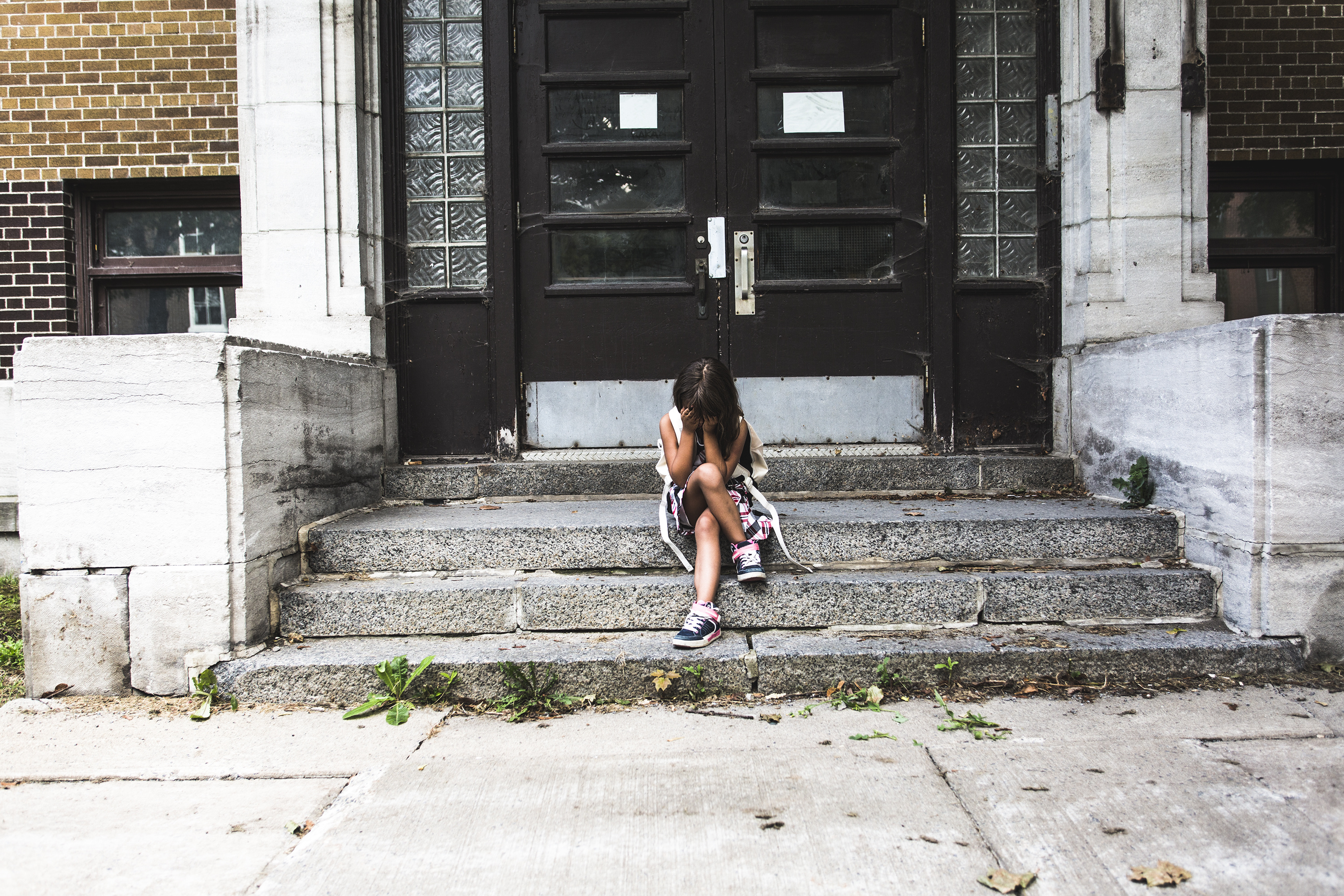

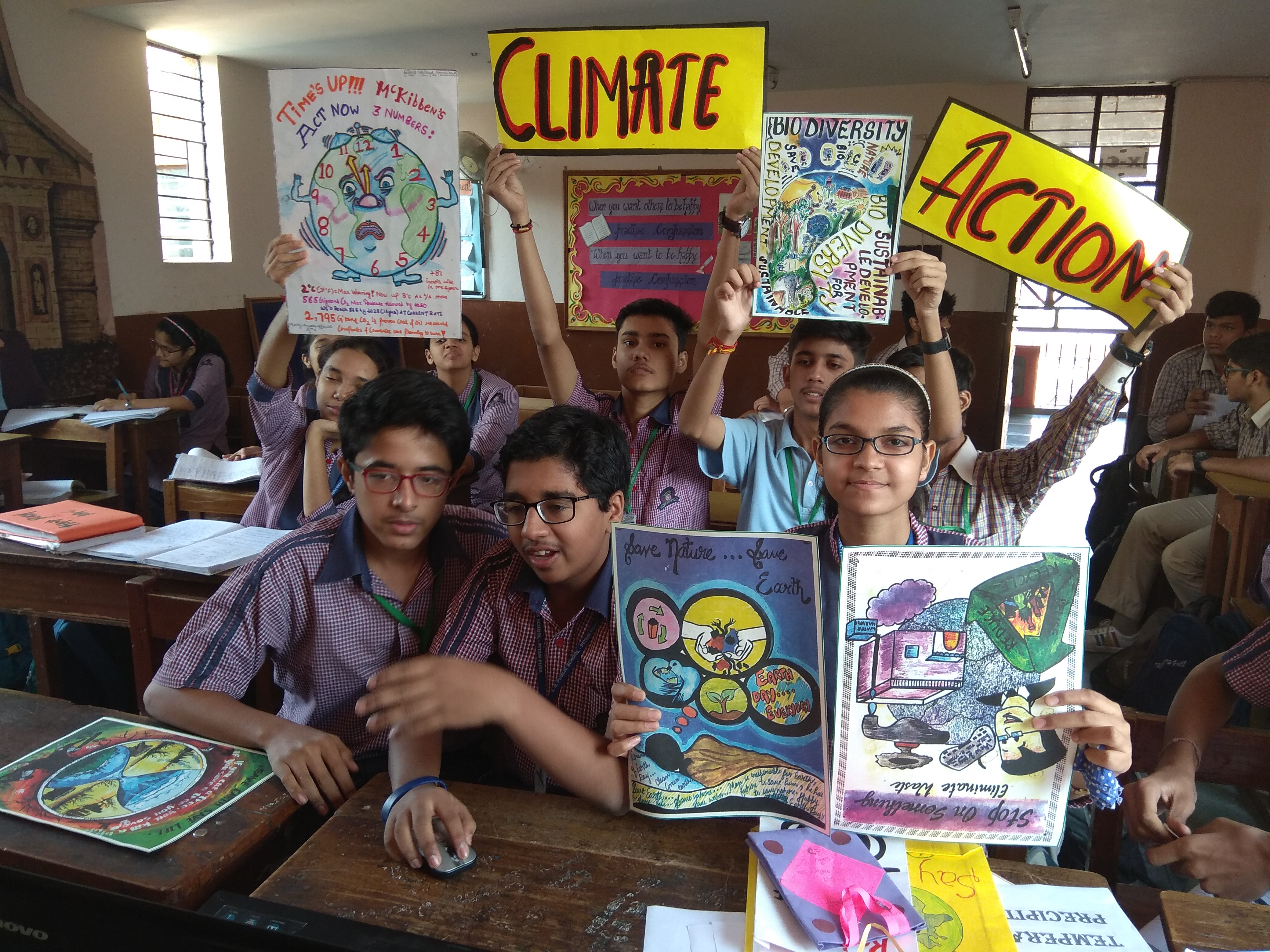
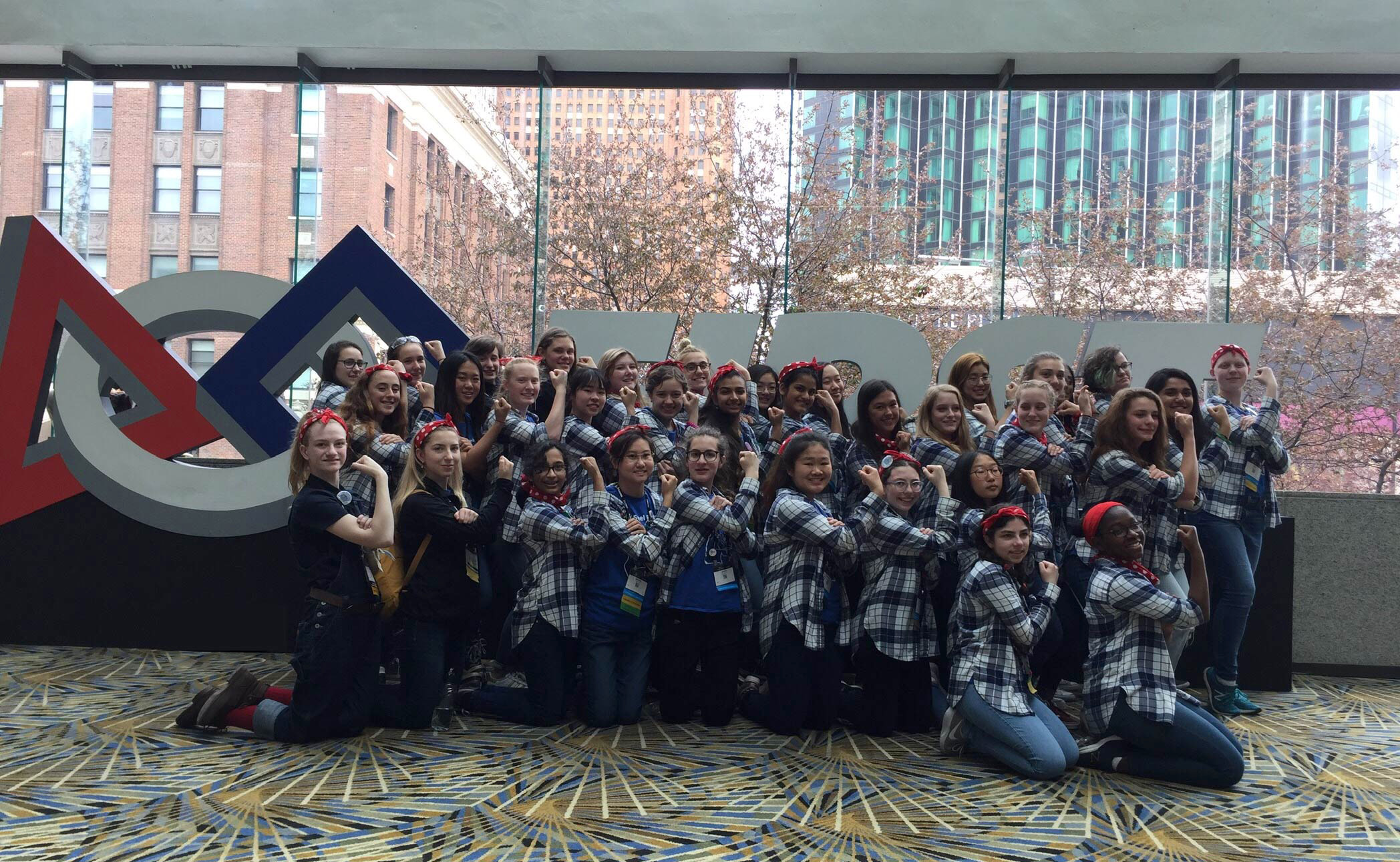
نظرات اخیر